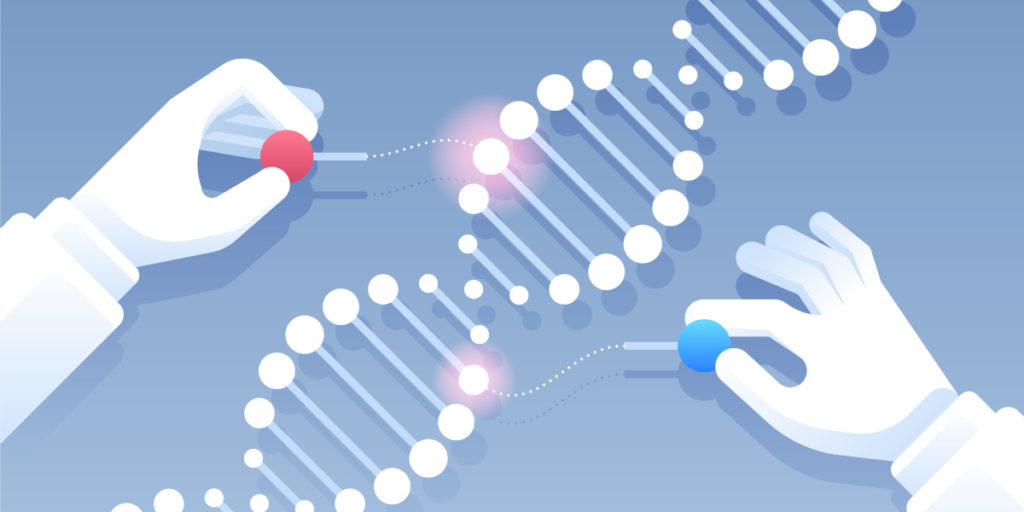10/28 CRISPR Research & Ethical Pillars

So far, my research has shown that there are many physical and ethical risks that come with gene editing. There has also been a case of two babies that had their DNA edited as embryos, and it has shown that the modifications only appear in the DNA of some of their cells. The effects of these mutations are unknown as of now, but the practice overall has shown to be very risky and not established enough to be done on real people.
Position: As of now, scientists know too little about human DNA to safely practice gene-editing, and the improvement of the human population on the genetic level must be done ethically, as opposed to the racist, discriminatory practice of eugenics. Therefore, the most ethical response to the development of the CRISPR gene-editing tool is to postpone all practice on humans until further discoveries about the human genome sequence are made and laws are established to prevent any gene-editing for the sake of eugenic beliefs.
Pillars of medical ethics involved: autonomy, non-maleficence, and justice
- Autonomy: The embryos that are edited cannot give consent and could have extreme medical conditions and complications later on that are forced upon them.
- Non-maleficence: Scientists do not know enough about the human DNA sequence to tell what effects the CRISPR tool will have on specific genes and what mutations it will cause, so it is highly possible that there could be unexpected and harmful effects of gene-editing.
- Justice: Gene-editing as an attempt to improve a person’s genetic traits is a practice very closely related to eugenics, meaning that misuse of the CRISPR tool can result in racial and ableist discrimination.
Comments
Post a Comment